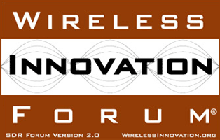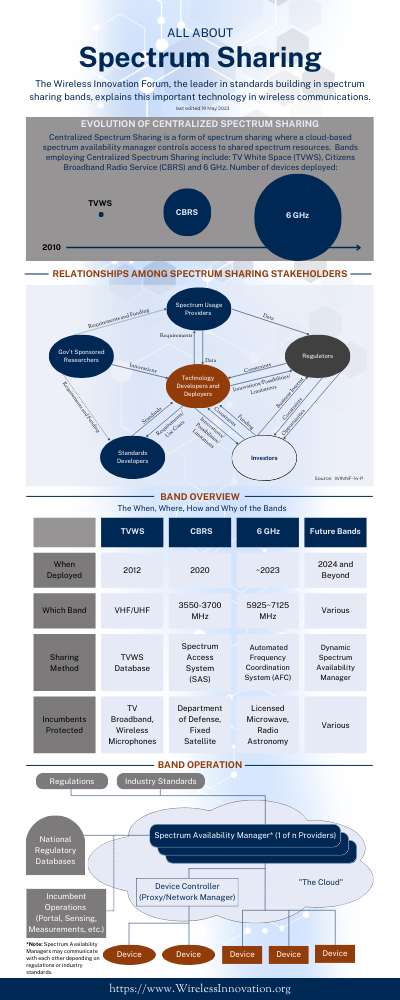[Return to main Advocacy Agenda page]
Essential and critical communications systems are those systems where loss of communication can cause injury or death or lead to a loss of civil order. Such systems must be fault tolerant, protected from failures that can occur from intentional acts from vandals, criminals or terrorists, accidental interruptions such as weather-related power outages or natural disasters which can damage infrastructure and make it unusable, or due to human error in either management of the system or in its regulation.
1.1 Need for Special Consideration
The Forum advocates for highly available fault tolerant, secure, and extensible system architectures for essential and critical communication. Commercial communication architectures are generally not appropriate for essential and critical communications. Maintaining high availability in essential and critical communication systems therefore requires that such systems cannot rely solely on fixed infrastructures with single point of failures. Instead, an integrated architecture strategy must be fault tolerant, which allows for failures by utilizing self-repairing or self-healing technologies and layered soft-fail mechanisms that trade channel efficiency for system robustness. In many cases essential and critical communications systems must also be extensible to allow interoperability with other services as required, and this needs to be built into the design from the start. Such systems also often require enhanced security to authenticate the users and ensure that communications are delivered only to the intended recipients.
In developing such systems, it is important to recognize the value proposition of the users. Users of essential or critical communications systems are not necessarily interested in the means by which capability is provided, as long as certain requirements such as guaranteed coverage, high availability, reliability and ease of use are fulfilled. Users are consumers of capabilities provided by advancement in technology. As communication technology evolves beyond the simple ability to deliver bits, to advanced capability to delivery data, information and knowledge to the user, the user and the users mission becomes an essential element of the communications architecture.
1.2 Use of SDR and Spectrum Sharing Technologies
The Forum advocates for the use of SDR and Spectrum Sharing as the best way to leverage commercial technologies and standards to meet the needs of Essential and Critical Communication systems. The use of SDR and Spectrum Sharing technologies allow for the multi-band/multi-service radios that support essential and critical communications via voice and data signals on demand, in real time, when needed, and as authorized1. Through these technologies, open commercial standards can be utilized where appropriate to achieve goals such as commonality of function, facilitation of a multi-vendor environment and affordability. These technologies are most effective when utilized in conjunction with associated modifications to network, infrastructure security, regulation, and operational procedures, to provide advanced support for the ad-hoc, self-optimizing network structures often required for operation in disastrous and emergency conditions. Such situations include loss of power scenarios or requirement for support in areas where infrastructure has been compromised or not been built out2. SDR and CR have been shown to be key enablers of flexibility for configuring operating frequencies and radio parameters of the repeaters, base stations, and portables to allow operation and mitigate interference in these types of systems3. This flexibility allows for infill coverage, capacity extension and rules-based network re-optimization of communication systems. SDR, CR and DSA can also be utilized to access spectrum beyond what is allocated when demand exceeds capacity. Such spectrum could include unlicensed spectrum (WiFi, TV White Space) as well as spectrum made available under some other pre-defined agreement4.
1.3 Dynamic, Situational Prioritization
The Forum advocates the use of dynamic, situational prioritization of network and spectrum resources to optimize communications to meet the mission needs. These needs were identified in a report, which analyzed a chemical plant explosion scenario to develop and convey concepts for the application of cognitive radio technology to enhance the communications capabilities of public safety first responders.5 This report concludes that reconfiguring user radios and prioritizing the network resources appropriately can ensure that the communications channels are used for the highest priority needs, for both the incident as well as ensuring resource availability required for continuity of ongoing operations away from the incident.6 In addition, dynamic spectrum access and dynamic prioritization could interact such that responders with the appropriate prioritization could utilize dynamically allocated spectrum to maximize access for the highest priority users.7
Policy awareness is required to operate agilely across multiple bands and in multiple locations. These policies include regulatory and system specific behaviors. Fixed and variable policies can determine when spectrum is considered as opportunity to utilize as well as provide constraints on using identified spectrum opportunities. Policy based radios using machine interpretable policies are the preferred approach to managing the dynamic aspect of communication systems. The core ontology as defined in the Forum’s Modeling Language for Mobility, Description of the Cognitive Radio Ontology, WINNF-10-S-00078, makes it possible to express the use cases and support autonomous policy based radio control.
1.4 Dynamic Access of Spectrum
The Forum advocates for the capability to dynamically access additional spectrum for essential and critical communication users. First responder demand for spectrum access can rise dramatically during major incidents and disaster responses. Exclusive assignment of spectrum to public safety and other critical / essential communication systems is necessary (see section 3.1.1) though expensive and can result in under-utilization of spectrum during normal operations over large geographical areas. However, large numbers of responders operating during a crisis can easily over-burden the planned system capacity in a localized region. As recommended by the PCAST report “Realizing the Full Potential of Government Owned Spectrum to Spur Economic Growth”9, mechanisms for shared access to spectrum are necessary to ensure that public safety users can access needed spectrum with appropriate priority during times of need, while allowing commercial use for the remainder of the time. The forum advocates appropriate mechanisms are established to ensure that essential and critical communications receive the appropriate priority for dynamic access of the spectrum, also see section 3.2.3 of this document.
-----
1 Software Defined Radio Technology for Public Safety, SDRF-06-P-0001-V1.0.0
2 Response to the National Telecommunications and Information Administration (NTIA) Notice of Inquiry on the FirstNet Conceptual Network Architecture Document WINNF-12-R-0006
3 Considerations and Recommendations for Software Defined Radio Technologies for the 700 MHz Public/Private Partnership SDRF-07-R-0024-V1.0.0
4 Use Cases for Cognitive Applications in Public Safety Communications Systems ,Volume 1, SDRF-07-P-0019-V1.0.0;
5 Use Cases for Cognitive Applications in Public Safety Communications Systems Volume 2, SDRF 09-P-0015-V1.0.0;
6 Ibid, Pg 35
7 Ibid, pg78
8 Cognitive Radio Ontology, WINNF-10-S-0007-V1.0.0
9 http://www.whitehouse.gov/administration/eop/ostp/pcast/docsreports
[Return to main Advocacy Agenda page]
WINNF Advocacy Agenda WINNF-R-12-0007-V1.2.0
Copyright © 2021 The Software Defined Radio Forum Inc.
All Rights Reserved



